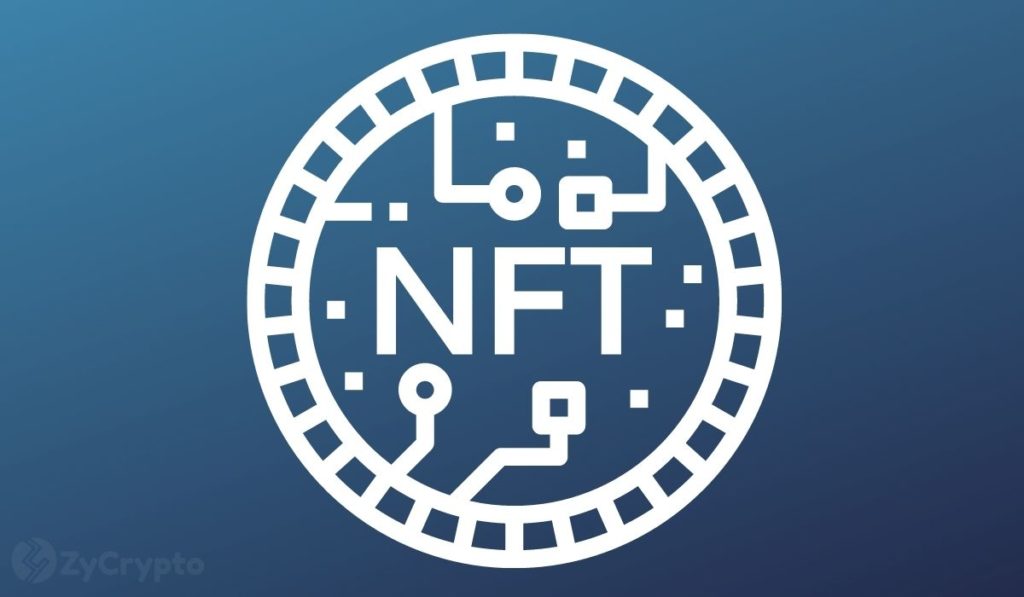2021-11-25 11:25 |
Layer-1 blockchains are having somewhat of their own internal war in crypto circles these days, with the likes (and communities) of Ethereum, Solana, Cardano, Elrond, NEAR, and several others going at it on Twitter and Discord daily.
A bit away from the action—and with its own fan following—is Radix, another layer-1 blockchain in development since 2018. During tests in that year, Radix demonstrated 1.4 million transactions per second (TPS), making it one of the fastest and most scalable blockchains to do so.
Today, joining Cryptonites host Alex Fazel on his podcast is Radix CEO Piers Ridyard. Ridyard has spent over five in the cryptocurrency space, going from mining on the genesis block of Ethereum in early 2015 to building and exiting a YCombinator company that built decentralized deal-room software for insurance companies in 2017.
Ridyard today discussed his plans for Radix, the future of DeFi and public consensus, and how crypto benefits the unbanked in underdeveloped economies. The episode’s not one to miss!
Here are some insights from the show.
The maturation of DeFi“Some of the highlights of DeFi in 2021 have just been the maturity the maturing of the space, right. Like there was this early like Cambrian explosion of ideas that came out in DeFi Summer. It went from very solid projects that have been building for a very long time, like Aave or MakerDAO. And then there this sudden understanding of being able to compose things together, and then yield farming came out.”
“It suddenly went through this very speculative bull run of what matters is capital and how you bring capital and liquidity into the space. And now we’re starting to have more serious conversations about, well, how does it actually interface with traditional finance? How do we get institutions involved, but that has also been some of the negative points as well because the regulatory landscape is still uncertain, people are still worried about what the SEC is going to do and what their approach is going to be.”
“And every single regulator in every single country is still trying to work out how to do this properly. And I think that we’re people are feeling a little bit like, and it’s not exactly the same because of the 2017 ICO boom, there was this huge bullishness that when that exploded, but there were no real products that came out of it, right. So people were like, Oh, we’re gonna have a token, banana token or Apple token or like a marketplace for Labour or whatever. But very few things actually got built.”
Decentralization in today’s time“You want for layer one (network) because fundamentally, that’s what you wanted for the internet. The internet was designed the protocol of the internet was designed around the concept of nuclear war where entire cities or continents could be destroyed. And it was designed to be robust and against that, and you want the same thing for the public ledger.”
“There’s no reason that you can’t have a permission system on top of a public decentralized ledger, you have the best of both, you have this ability to go I will be regulatory compliant. But the infrastructure on which it is based in the safest possible infrastructure, it can be because of that antifragility, right. So I see there’s a lot of institutional capital that wants to move that capital into DeFi”
“For good reason, there is a global yield famine, because of the amount of money that has happened in terms of quantitative easing in terms of like, the government subsidies that come in the ways in which COVID has affected the global economy is very little places for capital to get good returns in the real world. However, in DeFi, we are fundamentally reinventing finance, and all of that innovation is creating yield opportunity. And all of these institutions are sitting there going, “Wow, I really would like to get some money in there.”
The post Piers Ridyard from Radix on how to scale blockchains and the future of DeFi appeared first on CryptoSlate.
origin »Cardano (ADA) на Currencies.ru
|
|










